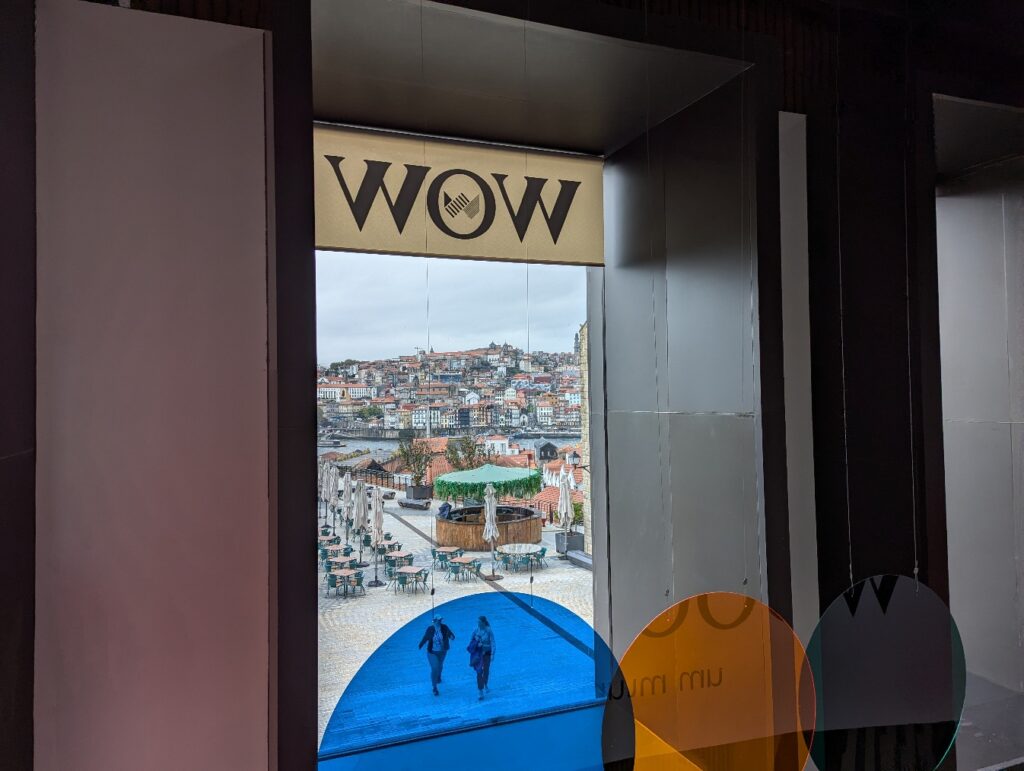
In September 2024, my wife and I took a tour to Portugal, including both Lisbon and Porto. During our time in Porto, we had the chance to explore the new World of Wine (WoW), which had opened since our last visit.
WoW emerged following a change in regulations that no longer required port wine to be shipped from the Gaia area of Porto. This shift allowed for the renovation of the old port wine cellars, transforming the district into a new cultural hub. WoW now boasts seven museums, including the Wine Experience, Chocolate Story, Pink Palace, Porto Region Across the Ages, The Art of Drinking, Planet Cork, and a space for rotating exhibitions. In addition to the museums, the district features 12 restaurants and bars at various price points, shops and even a wine school.
(WoW) took three years to build, at a cost of €107 million euros. It officially opened in July 2020, right in the midst of the pandemic. Although it has been open for a few years, it still feels new, as flights have only fully resumed this year. This will be their first real year of welcoming a fuller capacity of visitors. The complex is vast, covering 55,000 square meters of regenerated Port lodges. The public spaces are palatial, highly styled and seem empty in comparison to their immense size.
Even though it’s a new attraction, WoW is increasingly branding itself as just “WoW” than “World of Wine,” recognising that what they offer extends far beyond just wine. The experience is designed to be suitable for families, with interactive exhibits across the board, including those focused on wine. This shift in focus highlights the diverse range of activities and attractions that cater to all ages, making WoW a destination that offers much more than its name might suggest.
The UK ranks quite low in terms of the nationalities visiting the World of Wine and the number of British visitors is actually decreasing. In contrast, the top visitors come from the USA and Brazil, largely due to the availability of direct flights to Porto and the strong promotion of holidays in Portugal within those countries.

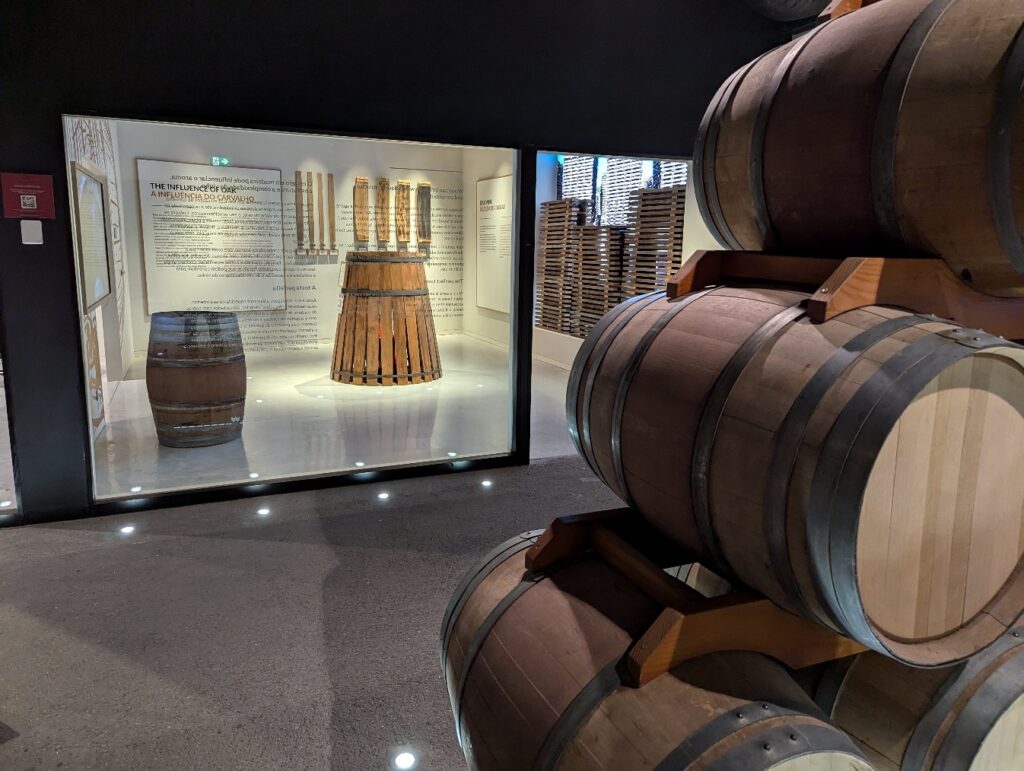


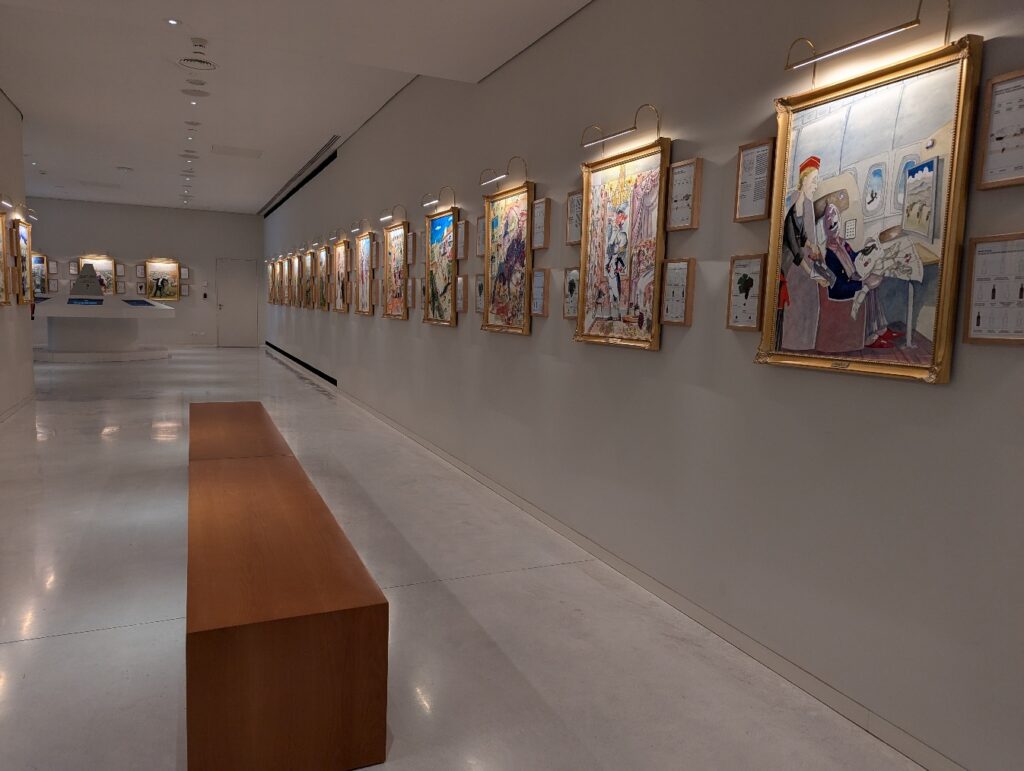

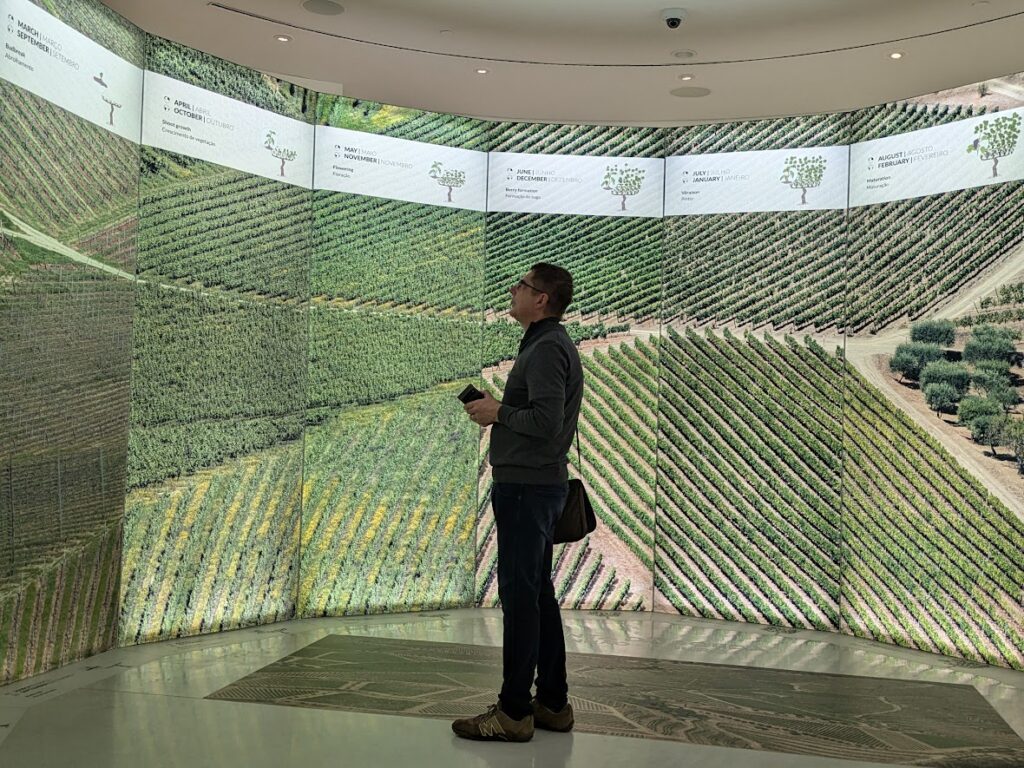
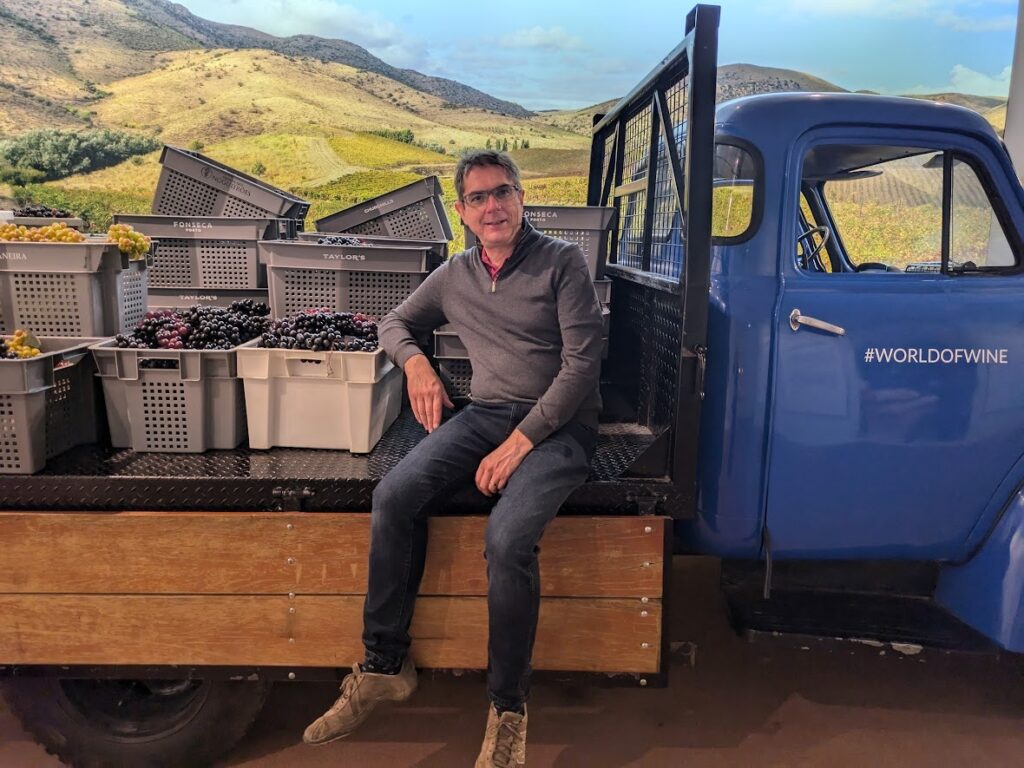
The Wine Experience museum at WoW was far more in-depth and technical than I had expected. It was enormous, both physically and in the range of information it covered. The museum explored every aspect of wine, from soil types, vines and vinification to the growing seasons and grape varieties. There were also fun elements, like selfie areas and an entertaining quiz after the more technical sections. I was amused that my wife aced all the questions, while I failed on one.
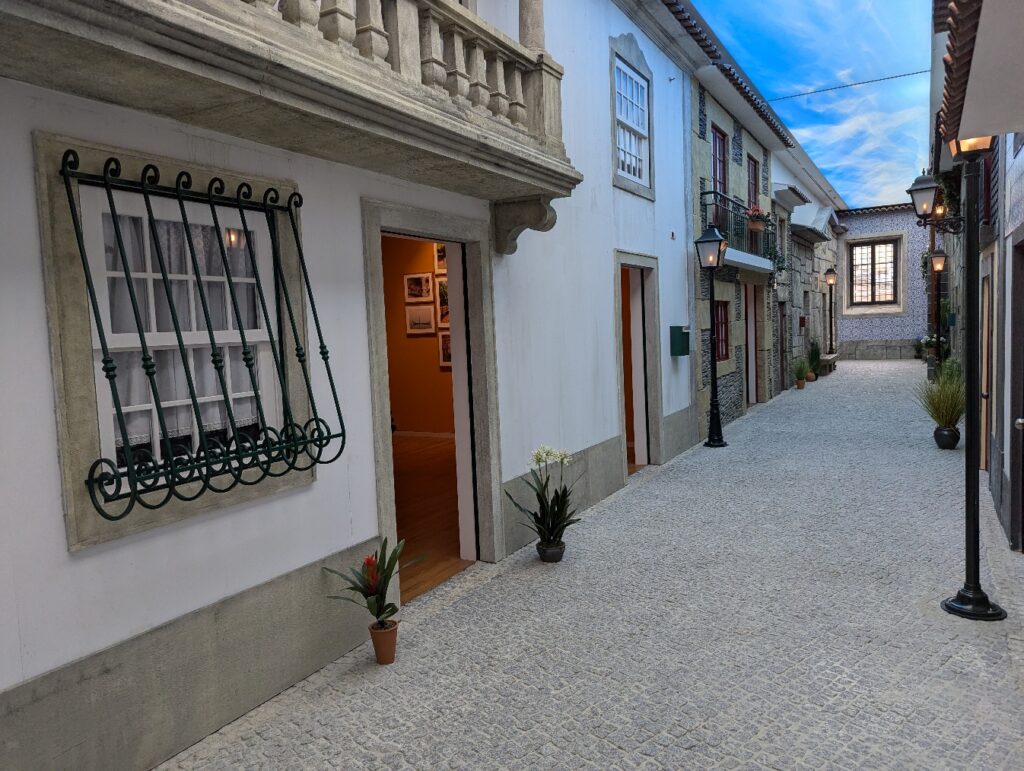
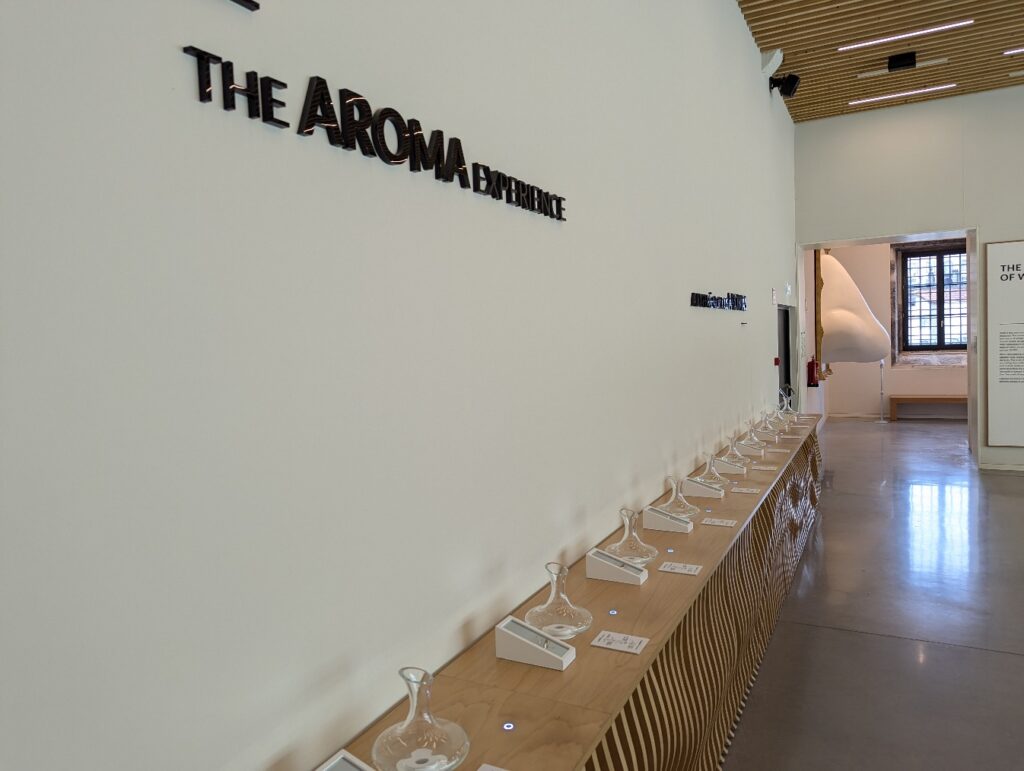

After the quiz, we entered a Disney-esque area dedicated to Portugal’s wine regions, followed by an innovative aroma room, where different scents were pumped into carafes for us to sniff. The experience concluded with a tasting session, where we sampled a white, red and port wine.
There was so much to take in that it became overwhelming to read everything. We later learned that the intent was not to absorb all the information but to pick and choose areas to immerse yourself in rather than trying to take in everything.
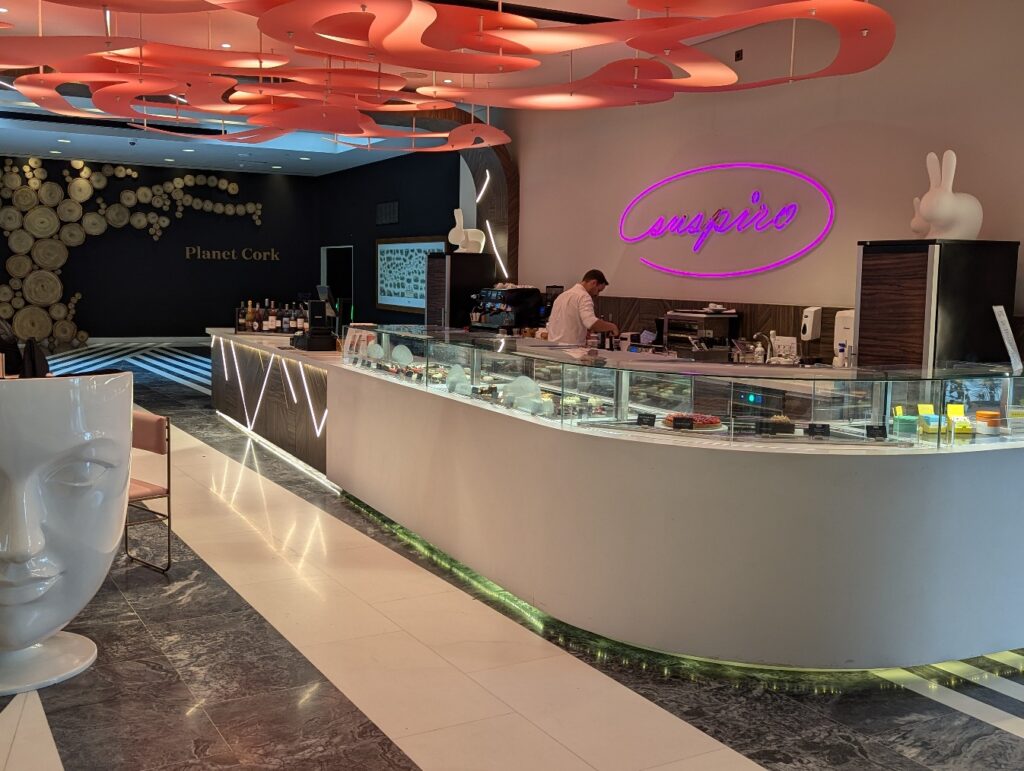



We were particularly impressed by the café at WoW, which served some of the best cakes we had in Portugal.
The Wine Experience at WoW costs €20 for individual tickets and €45 for a family ticket. For those wanting to explore more of what WoW has to offer, a full day ticket is available from €39 per person or €79 for a family, providing access to multiple attractions throughout the site.
WoW is definitely worth a visit, but it’s important to go with the right expectations. I had anticipated more of an exposition and tasting experience focused on the variety of Portuguese wines. However, it’s essential to understand the context. WoW is owned by the Fladgate Partnership, which includes several well-known Port wine brands like Taylor’s, Fonseca, Croft and Krohn. It’s not part of ‘Wines of Portugal’ organisation and therefore has a different focus and remit. WoW is more of an exhibition space, a tourist and local attraction rather than a discovery into Portugal’s broader wine offerings.
A special thanks to Ana at WoW for the complimentary visit and for providing us with all the information about the site.













